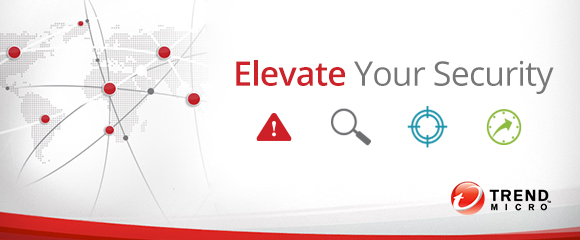5 cloud security threats you might not be thinking about
Once cloud computing began its rise to prominence as a leading business strategy for data center transformation, it didn’t take long for the...

In a simpler time, companies could get by with a fairly bare-bones approach to network security. They were worried about basic threats, like viruses being transmitted to their employees via email, and they could defend themselves with similarly basic safeguards, such as anti-virus software. For a long time, there was no additional security fortification necessary.
Times have changed. Today’s attackers are more sophisticated in nature. According to research from the Ponemon Institute, 76% of organizations that lost data to breaches in 2018 were the victims of a zero-day attack. This means the hackers attacked a type of vulnerability that was unknown to the organization before the attack happened, giving the IT department no time to draw up a response – hence the name “zero-day.”
How are you supposed to protect your business against that?
What companies are slowly coming to realize is that they need a more sophisticated approach to endpoint security. It’s not enough anymore just to sniff out viruses once they’ve already infected your network – you’ve got to block them from even entering in the first place, and that means stopping them at the initial endpoints that hackers might use to infiltrate your system.
And ideally, according to BizTech Magazine, you wouldn’t be doing this piecemeal. William Bocash, IT manager at Stonewall Kitchen, said in an interview that when you use too many disparate tools for endpoint security, you can end up with gaps that leave you vulnerable.
“In a growing company, you bolt on security as you go,” he explained. “You start with anti-virus, then add security information and event management, a logging system, intrusion detection, and other tools as they hit the market. [But eventually], you’ve got a mess of products that don’t talk to each other.”
It’s common for companies to bundle multiple security elements together. In fact, it’s difficult not to, as the threat landscape is so vast and there are so many potential threats to consider. It’s hard to block everything out simply by installing one security solution – a multi-pronged approach is a usually advised.
Drawing up such a strategy can be endlessly complicated. But the good news is that at Zones, we have a tried and true method. We can get to the bottom of your security needs with one of our Network Risk & Vulnerability Assessments. This will enable us to proactively identify potential risks to your company and its data; from there, we can classify your vulnerabilities, size up your current security measures and identify any gaps we need to plug up. Your data is vulnerable at numerous endpoints, but we’ll help you safeguard every last one of them.
We can do a lot for you when it comes to Security Fortification. Learn all the details by following the link below.

Once cloud computing began its rise to prominence as a leading business strategy for data center transformation, it didn’t take long for the...

Healthcare providers everywhere want to provide the smoothest patient experience possible and deliver the best medical results they can. But in their...

Your cloud service provider takes security very seriously. After all, their business depends on delivering peace of mind as well as speed,...